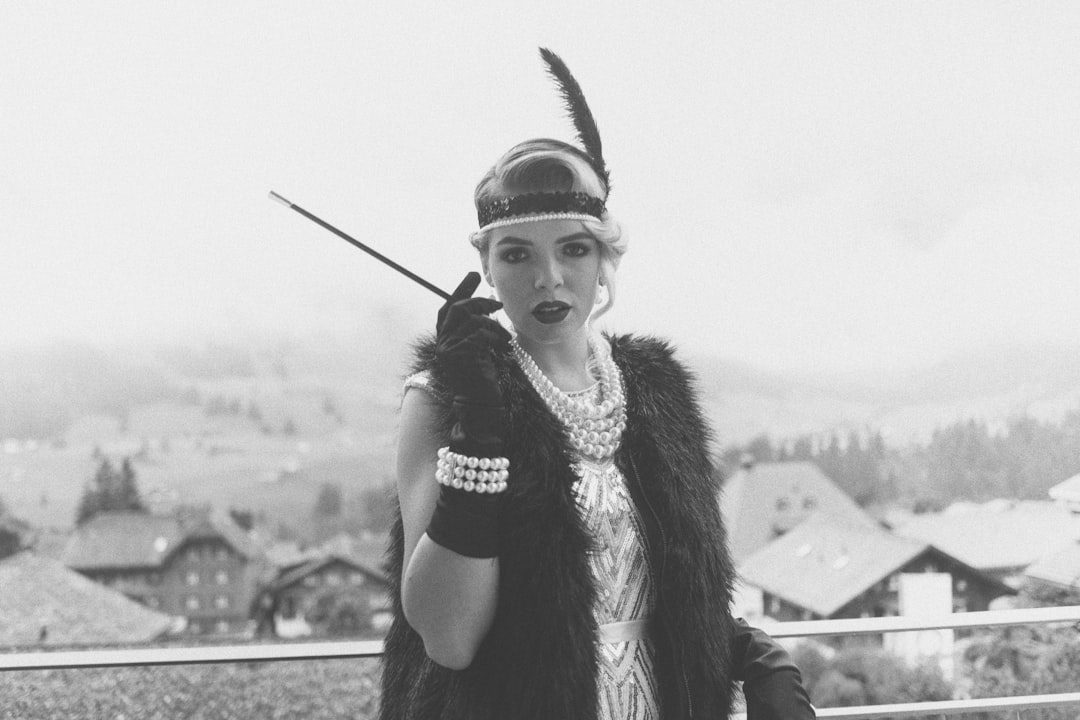
Welcome to The Matterhorn: intersections of literature & art! I investigate ideas through the arts with a cultural studies lens.
I’ve recently migrated my podcast to Substack, so please let me know if you have any issues listening. The website is also under construction for Season 2 - more in a couple weeks!
Thanks for joining me here! I would love to hear your thoughts in the comments.
The frocks of fictional characters
Art deco flapper fashion and F. Scott Fitzgerald’s The Great Gatsby are synonymous. Have you ever been to a Gatsby party? Well, there you go.
But there’s a different type of clothing that I’m most drawn to in the book: the British shirts and pink suits of Gatsby. Ah, those fancy shirts! As Gatsby shows off his house to Daisy and Nick looks on, he shares the contents of his wardrobe (p. 76 in the Vintage Books edition):
“I’ve got a man in England who buys me clothes. He sends over a selection of things at the beginning of each season, spring and fall.”
He took out a pile of shirts and began throwing them one by one before us, shirts of sheer linen and thick silk and fine flannel which lost their folds as they fell and covered the table in many-colored disarray. While we admired he brought more and the soft, rich heap mounted higher—shirts with stripes and scrolls and plaids in coral and apple green and lavender and faint orange with monograms of Indian blue. Suddenly with a strained sound Daisy bent her head into the shirts and began to cry stormily.
“They’re such beautiful shirts,” she sobbed, her voice muffled in the thick folds. “It makes me sad because I’ve never seen such—such beautiful shirts before.”
These shirts seem to hypnotize both Gatsby and Daisy, even more so in the film versions. The luxury of material, quantity, and color overwhelm them both, reminding Daisy of a life she could have had with Gatsby…swimming in clothing. His fashion doesn’t have much to do with the time period, though the book is often pegged as one indicative of its era. Baz Luhrmann’s film (2013) also made this clear with his anachronistic music selections, reminding us that the class (and gender and race) issues of the 1920s are still issues today. In “The Great Gatsby’s Fabulous Betrayal of 1920s Fashion” from The Atlantic, we can also trace the way Luhrmann also strays from 1920s fashion, but uses fashion even more so to tell his story.
Throughout the book, rather than focus on the feminist statements of flapper dresses, Fitzgerald focuses on both the luxury of fashions and the juxtaposition against those of the poor. Myrtle Wilson, the working-class woman with whom Tom Buchanan is having an affair, is often highlighted in this way. Myrtle changes from wearing a “brown figured muslin, which stretched tight over her rather wide hips” to “an elaborate afternoon dress of cream-colored chiffon, which gave out a continual rustle as she swept about the room.”
This also happens metaphorically; Myrtle’s personality changes with her clothes, and George Wilson (the garage man and cuckolded husband of Myrtle) “wears his sadness and desolation like a gray suit.”
Americans playing with culture
There’s something of a trope running through American literature about playing with culture as if looking for their own. I’m not saying this in a condescending way (I am American, by the way): I think playing with culture can be one of the most empowering ways to assert our identities.
Americans in the works of Henry James, Edith Wharton, and Ernest Hemingway look Eastward to Europe to try on both more traditional dress as well as new fashions from Paris. Like Gatsby’s fashions that were brought over from England, other characters in novels play at fashion in a bildungsroman-like way, no matter the age of the protagonist.
Here are a few examples to consider —
The Bostonians, Henry James (1886)
This satire of the women’s rights movement in Boston plays with culture between North and South (within the US) and America and Europe. Privileged feminist Olive Chancellor “hated Europe, but she could be European if it were necessary” (p. 86 Modern Library edition) and can do this in one way with her attire.
Fashion in this novel is used more broadly as a word for ‘rich’ — people are labeled as ‘fashionable’ or not, depending on what part of the city they live in, without necessarily description of their clothing. It is also connected, then, to the prospects of being a more modern woman (in not quite Modern time), even used in this way: “the changing fashions of reform.” Here’s another passage in regards to the next generation:
It was one of the prime articles of her faith that the world of fashion was wicked and hollow, and, moreover, Verena told her that Miss Chancellor loathed and despised it. She could not have informed you wherein it would profit her daughter (for the way those ladies shrank from any new gospel was notorious); nevertheless she was vexed that Verena shouldn't come back to her with a little more of the fragrance of Beacon Street. (p. 103)
However, fashion is also directly connected to the feminist movement, which of course it has been closely intertwined over the last century:
She always dressed in the same way: she wore a loose black jacket, with deep pockets, which were stuffed with papers, memoranda of a voluminous correspondence; and from beneath her jacket depended a short stuff dress. The brevity of this simple garment was the one device by which Miss Birdseye managed to suggest that she was a woman of business, that she wished to be free for action. She belonged to the Short-Skirts League, as a matter of course; for she belonged to any and every league that had been founded for almost any purpose whatever. (p. 25)
All of Henry James’ novels make use of the idea of fashion without necessarily describing the clothing in much detail. It is almost as if he is allowing chronotopic details to be ambiguous with the notion that we might continue to consider these tales through various time periods.
James, of course, also writes of American characters going to Europe in The Portrait of a Lady and Daisy Miller. Mrs. Costello, for example, disapproves of Americans and is baffled by Daisy’s ability to dress elegantly:
“She has that charming look that they all have,” his aunt resumed. “I can’t think where they pick it up; and she dresses in perfection—no, you don’t know how well she dresses. I can’t think where they get their taste.”
The Age of Innocence, Edith Wharton (1920)
Much has been made of the references to fashion by Edith Wharton especially in her New York stories, which include The Age of Innocence. In Edith Wharton and the Making of Fashion (Becoming Modern/Reading Dress), Katherine Joslin discusses “Wharton's knowledge of and involvement in the craft of garment making in her tales…and [discusses the way Wharton] promote[s] the value of handmade garments in a world given to machine-driven uniformity of design and labor.” This particular novels’ film adaptation by Martin Scorsese also won an Academy Award for its costume design.
Let’s simply look at a few passages to start to understand what Wharton is doing here:
Chapter 1 - class
Newland Archer, following Lefferts's glance, saw with surprise that his exclamation had been occasioned by the entry of a new figure into old Mrs. Mingott's box. It was that of a slim young woman, a little less tall than May Welland, with brown hair growing in close curls about her temples and held in place by a narrow band of diamonds. The suggestion of this headdress, which gave her what was then called a "Josephine look," was carried out in the cut of the dark blue velvet gown rather theatrically caught up under her bosom by a girdle with a large old-fashioned clasp. The wearer of this unusual dress, who seemed quite unconscious of the attention it was attracting, stood a moment in the centre of the box, discussing with Mrs. Welland the propriety of taking the latter's place in the front right-hand corner; then she yielded with a slight smile, and seated herself in line with Mrs. Welland's sister-in-law, Mrs. Lovell Mingott, who was installed in the opposite corner.
Chapter 2 - fashion taste and personality
Madame Olenska's pale and serious face appealed to his fancy as suited to the occasion and to her unhappy situation; but the way her dress (which had no tucker) sloped away from her thin shoulders shocked and troubled him. He hated to think of May Welland's being exposed to the influence of a young woman so careless of the dictates of Taste.
Chapter 3 - the self consciousness of young women
"Yes. She's awfully fond of dancing," the young girl answered simply. "But suddenly she made up her mind that her dress wasn't smart enough for a ball, though we thought it so lovely; and so my aunt had to take her home."
Chapter 12 - traditions changing
It was usual for ladies who received in the evenings to wear what were called "simple dinner dresses": a close-fitting armour of whale-boned silk, slightly open in the neck, with lace ruffles filling in the crack, and tight sleeves with a flounce uncovering just enough wrist to show an Etruscan gold bracelet or a velvet band. But Madame Olenska, heedless of tradition, was attired in a long robe of red velvet bordered about the chin and down the front with glossy black fur. Archer remembered, on his last visit to Paris, seeing a portrait by the new painter, Carolus Duran, whose pictures were the sensation of the Salon, in which the lady wore one of these bold sheath-like robes with her chin nestling in fur. There was something perverse and provocative in the notion of fur worn in the evening in a heated drawing-room, and in the combination of a muffled throat and bare arms; but the effect was undeniably pleasing.
Chapter 17 - independence
"She had on a black velvet polonaise with jet buttons, and a tiny green monkey muff; I never saw her so stylishly dressed," Janey continued. "She came alone, early on Sunday afternoon; luckily the fire was lit in the drawing-room. She had one of those new card-cases. She said she wanted to know us because you'd been so good to her."
The book moves from New York to Paris in the last chapter where the female object of affection remains invisible, due to Newland Archer’s fears of entering her apartment. We imagine a Parisian-dressed woman as his muse, something perhaps not so real — a dream world he is frequently occupying that is so tightly connected to elsewhere. He is disgusted by all the “fads and fetishes and frivolities” of Modernity but also recognizes his distance from youth, symbolized by the “widening waistcoat” (p. 353). But in searching for “lingering local color” in the old world (p. 354), he merely faces these ghosts of the past in isolation.
The Dud Avocado, Elaine Dundy (1958)
Our young protagonist in Paris, attempting to find her way…later she feels much more comfortable in a bathing suit on her balcony in Biarritz. It reminds me of my time living in Paris at the age of 22 as a postgraduate student.
This passage comes from page 37 of the New York Review Books edition:
Thus I was reflecting, standing there at the entrance of the bar that night, looking around for Teddy and painfully conscious of myself again. I was still wearing the evening dress I had on when I’d met Larry that morning and the funny thing about it was that, even though twelve hours had elapsed since then, it still wasn’t particularly appropriate. I mean I really felt I could expect it to be correct attire at some point of the day — like a watch that has stopped, eventually just happening to have its hands pointing to the right time. I can’t understand it. I have quite a lot of clothes and go to quite a lot of places. I never actually seem to be wearing the right things at the right time, though. You’d think the law of averages…Oh well. It’s all very discouraging. Nevertheless this dress that I had on at the time, i encouraged myself, wasn’t actually unbecoming. It was a sort of blue and silver and of course I’d taken off the red leather belt and was wearing the proper belt—which pleased me as well. It was one of hte few I hadn’t lost.
Very jeune fille I was, jewelless and all (the pearl necklace that I’d lost had been given to me, as a matter of fact, by Uncle Roger), and as full of safety pins as ever. I probably had one safety pin to every two of those gorgeous creatures’ tiny, gleaming, well-strewn, well-hidden hooks-and-eyes. But what the hell, I told myself, it wasn’t as if I were one of them or even competing with them, for heaven’s sake, I was merely a disinterested spectator at the Banquet of Life. The scientist dropping into the zoo at feeding time. This is what I told myself.
I love the way our protagonist is aware of the haphazardness of her presentation and consumed by it at the same time. Her youthfulness, Americanness, and finances separate her from those she is surrounded by, but her wits match theirs, which is how she is able to navigate. The “scientist” observes and researches her surroundings.
At the end of the book, she decided to go home to New York for a new passport before heading to Japan: “So now all I have to do is decide what sort of clothes to buy for Japan.”
Filmic fashions
Every film has to pay attention to fashion in some way because we see the characters before us. Of course, some play with this concept more and there have been interesting focus points that lead to awards for the work of the designers and directors of the costumes.
Additionally, filmic adaptations of books (like The Great Gatsby) often have small bits of language about clothing to play with when imagining the costumes of the characters. With that liberty, directors can select clothing symbolic of ideas and identities or slightly change the characterization or message of a narrative.
You can read more about this idea in these articles:
Vogue’s “Best Fashion Films of All Time”
Ruth E Carter: “Afrofuturism in Costume Design”
“Fashion as a Functional Intermediary of Character and Narrative” (College Film & Media Studies)
And I leave you with a couple of films I saw recently. They are both whacky in their own ways, and I loved them for their wackiness. Each also has something political to say!
Which fictional books or films do you think of in regards to fashion? How does the clothing tell the story of the characters? How does it reflect or influence real life?




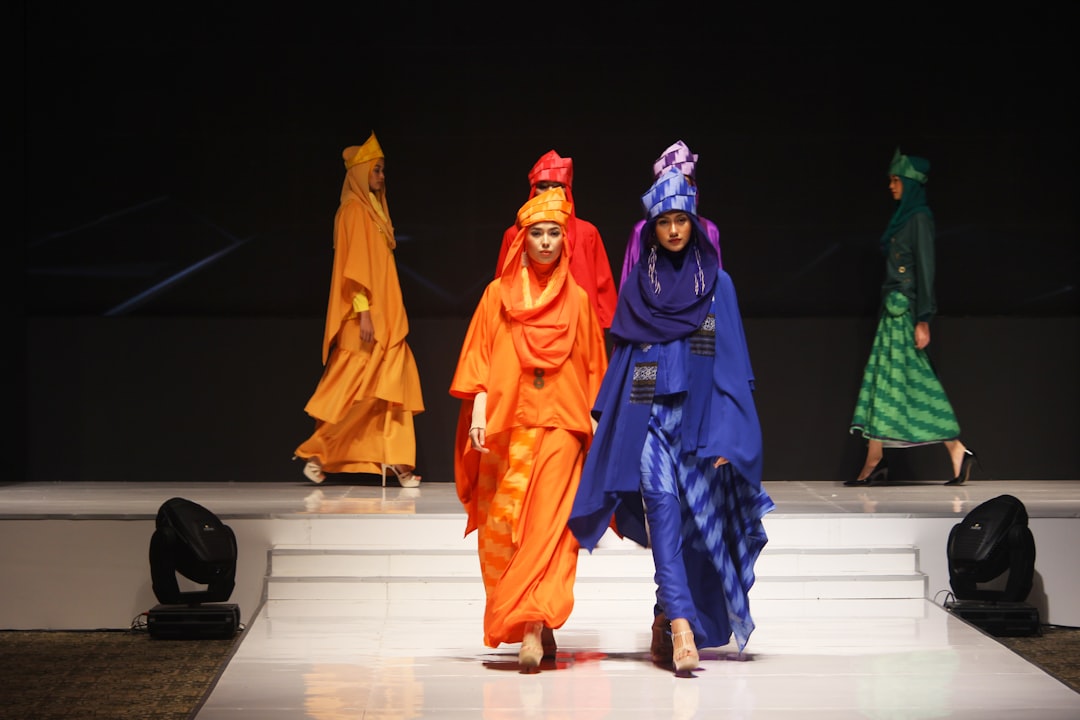

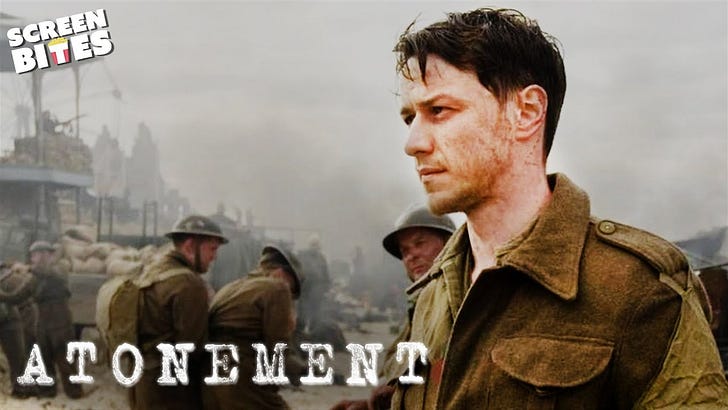
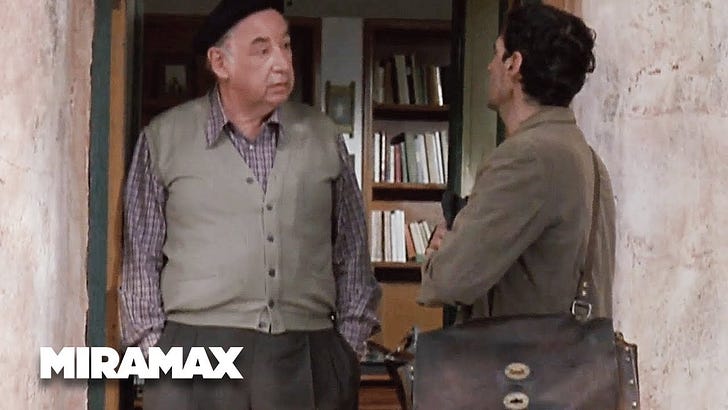
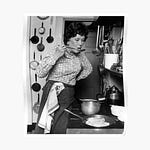
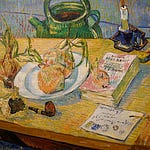



Share this post